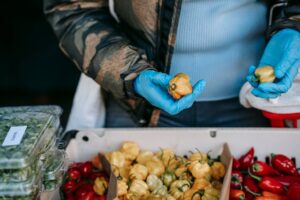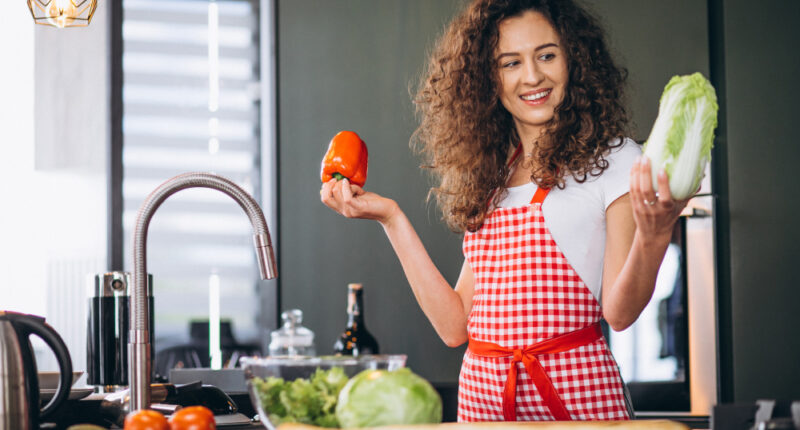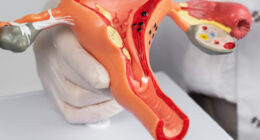Ensuring food safety is essential for safeguarding our health. Improper food handling can lead to foodborne illnesses, which can cause severe health issues. By following proper food safety practices, you can minimize the risk of contamination and ensure that the food you prepare is safe to eat. Here are essential tips for handling food safely in your kitchen.
Understanding Foodborne Illnesses
Food poisoning, also known as foodborne illnesses, happens when we consume contaminated food or drinks. Contaminants include bacteria, viruses, parasites, and chemical substances. Being aware of the signs of foodborne illnesses is crucial. These may consist of feeling nauseated, experiencing vomiting, having diarrhea, suffering from abdominal pain, and running a fever. Common symptoms of foodborne illnesses include nausea, vomiting, diarrhea, abdominal pain, and fever. Handling food properly from purchase to consumption is crucial to prevent these illnesses.
Tips for Safe Food Handling
1. Wash Your Hands
Handwashing is the first step in preventing foodborne illnesses. It’s important to thoroughly wash your hands with soap and warm water for a minimum of 20 seconds both before and after touching food, especially if you’ve been handling raw meat, poultry, seafood, or eggs. This practice helps to minimize the risk of spreading harmful bacteria and keeping yourself and others safe from foodborne illnesses. Wash your hands after using the bathroom, changing diapers, or handling pets to avoid cross-contamination.
2. Clean Surfaces and Utensils
Keep your kitchen surfaces and utensils clean. Use hot, soapy water to wash cutting boards, knives, countertops, and other tools before and after food preparation. Consider using separate cutting boards for raw meat and produce to prevent cross-contamination. Disinfect kitchen surfaces regularly to eliminate bacteria and viruses.
3. Separate Raw and Cooked Foods
Keep your kitchen safe by making sure to keep raw and cooked foods separate to prevent any chance of cross-contamination. To prevent cross-contamination, it’s important to store raw meat, poultry, and seafood in sealed containers or leak-proof bags on the bottom shelf of the refrigerator. This helps to ensure that any juices from the raw meat do not drip onto other foods and cause potential contamination. Use different plates and utensils for raw and cooked foods to avoid transferring harmful bacteria.
4. Cook Food to Safe Temperatures
Cooking food to the appropriate internal temperature is crucial to ensure that harmful bacteria are effectively eliminated. Using a food thermometer to check the internal temperature of meat, poultry, seafood, and egg dishes is crucial. The USDA recommends the following minimum internal temperatures:
– Beef, pork, veal, and lamb: 145°F (63°C) with a 3-minute rest time
– Ground meats: 160°F (71°C)
– Poultry: 165°F (74°C)
– Fish: 145°F (63°C)
– Eggs: 160°F (71°C) for dishes containing eggs
5 refrigerate Promptly
Remember to refrigerate perishable foods within two hours of cooking or buying them. Let’s keep our food fresh and safe! In hot weather (above 90°F or 32°C), refrigerate within one hour. Keeping food at the proper temperature slows the growth of bacteria. Keep your refrigerator cool at 40°F (4°C) or lower, and make sure your freezer is set to a chilly 0°F (-18°C) or even lower. Avoid overpacking your refrigerator to allow air to circulate and maintain consistent temperatures.
6. Thaw Food Safely
You can safely thaw frozen food in the refrigerator, in cold water, or using the microwave. Never thaw food on the countertop, as this allows bacteria to multiply rapidly. If you thaw food in cold water or the microwave, cook it immediately afterwards.
7. Practice Safe Storage
Store leftovers in airtight containers to keep them fresh and prevent contamination. Label containers with the date to track how long the food has been stored. Consume leftovers within three to four days. When you’re unsure, it’s better to toss it out than take the risk of getting a foodborne illness.

8. Be Cautious with Food Preparation
Avoid preparing food if you feel unwell, especially if you have symptoms like vomiting or diarrhea. Illnesses can be transmitted through food, so it’s better to be safe and let someone else prepare food.
9. Use Safe Water and Ingredients
Ensure that the water and ingredients you use in food preparation are safe. It’s best to use bottled or filtered water when in doubt about tap water quality. Before consuming or preparing fruits and vegetables, it’s essential to wash them thoroughly under running water. This is necessary even if you intend to peel them, as it helps to remove dirt and bacteria from the surface.
Conclusion
Handling food safely is crucial for preventing foodborne illnesses and ensuring the well-being of you and your family. By following these food safety tips—washing hands, cleaning surfaces, separating raw and cooked foods, cooking to safe temperatures, refrigerating promptly, thawing safely, practicing safe storage, being cautious with food preparation, and using safe water and ingredients—you can create a healthy kitchen environment. Make food safety a priority, and enjoy meals that are delicious and safe to eat.









